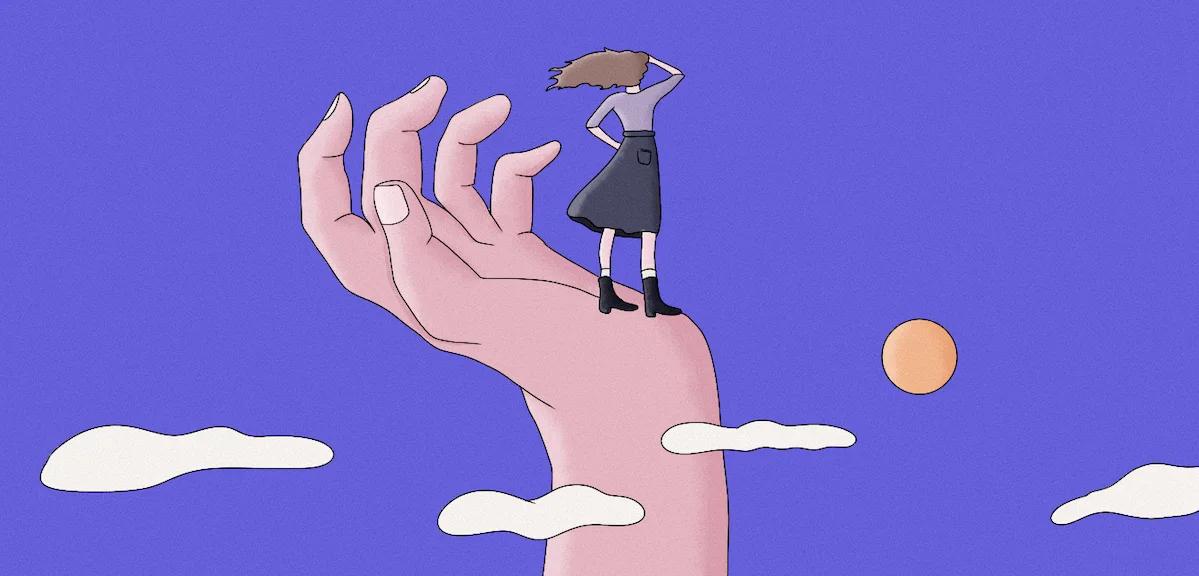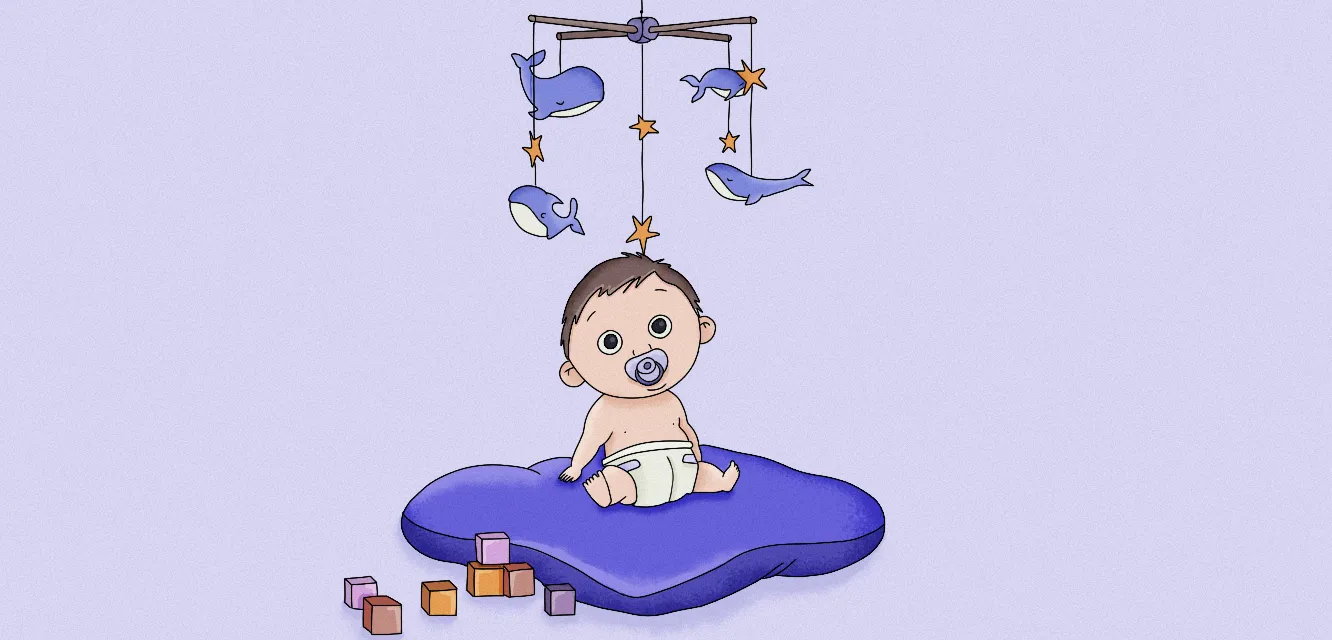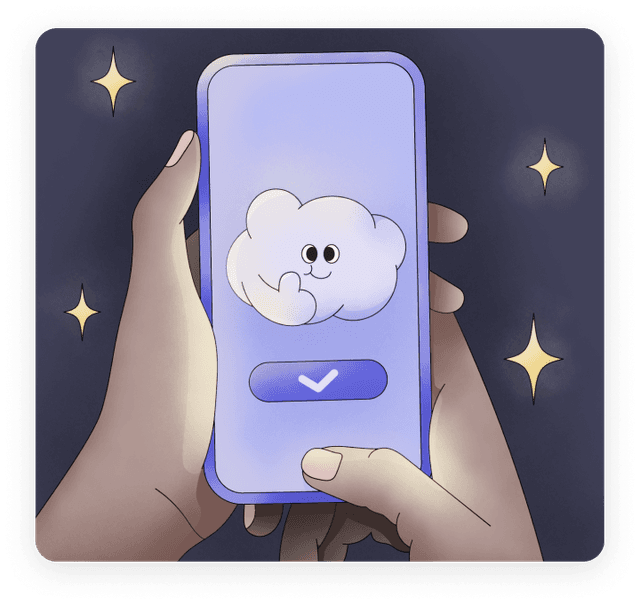
Denys Chumak
15 Dec 2023
Do Dreams Have Meaning? It Depends On Who You Ask
Dreams have fascinated human beings for centuries. We spend approximately a third of our lives asleep, and during that time, our minds create a complex tapestry of images, emotions, and narratives that we experience as dreams.
However, do dreams have meaning? This is a question that has stumped scientists, psychologists and even philosophers. While some people perceive dreams as random mental activities that have no meaning, others propose that these dreams hide a secret code of our subconscious longings and concerns.
This post will discuss various theories on the interpretation of dreams and the science therein.
Meaning of Dreams Theories
Different interpretations have been proposed throughout history on "Do dreams have meaning?" According to one view, dreams exist as a manner of revealing something from higher beings or the universe. Dreams for ancient civilisation, especially the Egyptians and Greeks, were viewed as prophecies sent by gods on how to guide or predict the future. Recently, psychologist Sigmund Freud postulated that dream is a "royal road to unscience" and it unveils the subconscious desire and repressed memory.
A second hypothesis postulates that dreams help our brains to sift data and make sense of it all. This perspective holds that dreams allow for the interpretation of events and feelings in our lives. It is also good to note that dreams give us our mind's eyes to see and solve problems as well as a safe environment to resolve issues we had not solved back then when they happened. This coincides with the belief that dreams constitute a creative stimulus as they help us access the subconscious realm.
Scientific Explanation of Dreams
Although there are several competing theories concerning dreams, scientists have gained considerable insight into the biological mechanisms active within the phenomenon of dreaming. Scientists argue that the majority of dreams happen in the REM phase – the period with enhanced brain functioning accompanied by active and bright dreaming.
The prefrontal cortex of the brain, involved in logical thinking and decision-making, shows decreased activity during REM sleep, whereas the amygdala, which processes emotions, becomes more active. This unique brain activity during REM sleep suggests that dreams are a result of the brain's attempt to make sense of the neural activity occurring during this stage.
It is believed that the brain synthesises memories, emotions, and sensory experiences into a narrative form, creating the dreams we remember upon waking. This process helps to consolidate memories and emotions, providing a form of emotional regulation and stress relief.
Also read: Why do people dream
Common Dream Symbols and Their Interpretations
Dreams often contain symbols that can be interpreted in various ways. While there is no universal dream dictionary that can definitively decipher these symbols, many common interpretations have emerged over time. For example, dreaming of falling can symbolise a lack of control or insecurity, while dreaming of flying can represent freedom and empowerment. Snakes are often associated with hidden dangers or deceit, while water can symbolise emotions and the subconscious mind.
It is important to note that these interpretations are not set in stone and can vary depending on the individual's personal experiences and cultural beliefs. For instance, in some cultures, seeing a black cat in a dream is considered a sign of good luck, while in others, it is seen as a bad omen. Therefore, it is crucial to consider the context and the individual's unique associations when interpreting dream symbols.
Also read: 11 common symbols of dreams
Personal Experiences and Cultural Beliefs About Dreams
Personal experiences and cultural beliefs play a significant role in how individuals perceive and interpret their dreams. Some people may have vivid dreams that feel incredibly real, while others may struggle to remember their dreams at all.
Additionally, cultural beliefs and traditions can shape one's understanding of dreams. For example, Native American tribes view dreams as a way to connect with their ancestors and receive guidance, whereas in Western societies, dreams are often seen as a reflection of one's subconscious mind.
Sometimes, individuals may find assistance from an interpreter of their dreams from a professional. Dream analysis or therapy may help an individual understand unconscious thinking and feelings, which could lead to some self-awareness. Additionally, online sources such as a dream dictionary and s to assist in interpreting dream symbols and interpretation are readily available.
Conclusion
Lastly, it is a matter of opinion as to whether dreams really have any significance. It all depends upon whom you consult. Although science helped explain the physical aspects of dreaming, interpreting dreams is still very personal. While dreams have a wealth of informative value about what we think, feel, and want, there is no such thing as strictly interpretable meaning. Personal experiences, cultural beliefs, and individual associations should be considered when interpreting the meaning of dreams.
Therefore, when you wake up after having had an interesting dream, stop for a while and think about what it might mean, but keep in mind that the real meaning is hidden inside yourself and depends upon how you understand everything.
You can use the app known as DreamApp to interpret the message hidden in that dream. We need to identify the reasons why we have that dream and what prevents us from being at peace psychologically.
FAQs
1. Why do people dream?
The exact purpose of dreaming is still a topic of debate among scientists and researchers. However, various theories suggest that dreams serve as a way for our brains to process and consolidate information, explore unresolved issues, and provide emotional regulation.
2. How does a dream work?
Dreams occur during the rapid eye movement (REM) stage of sleep, characterised by increased brain activity and vivid dreaming. The brain synthesises memories, emotions, and sensory experiences into a narrative form during this stage, creating the dreams we remember upon waking.
3. Where do dreams come from?
Dreams originate from the brain's attempt to make sense of the neural activity occurring during REM sleep. The brain synthesises memories, emotions, and sensory experiences into dream narratives.
4. What is a dream dictionary?
This is a book called a dream dictionary which interprets typical dream symbols. Though interpretations may differ, these dream dictionaries provide directions on what a dream symbol might represent.
5. What role can DreamApp play in interpreting dreams?
DreamApp relies on algorithms and analysis to explain the significance of dreams. The app interprets the dream by letting individuals enter their dream’s details, which explains the reason behind such dreams and hence offers insight into subconscious thoughts and feelings.
Did you have an unusual dream with this symbol?
Let's analyze this dream with our expert!
At least five words, please.

Your dreams are completely private
Take control of your dream emotions in the free mobile app



The most recent users' dreams
Go to the user dreams page
Dream App
Free dream interpretations

(1,213)











